As we first indicated, the Alaska Airlines plane with the now infamous January 5 mid-air door plug blowout, depressurization, and emergency landing had extensive flying to and from Hawaii leading up to the event.
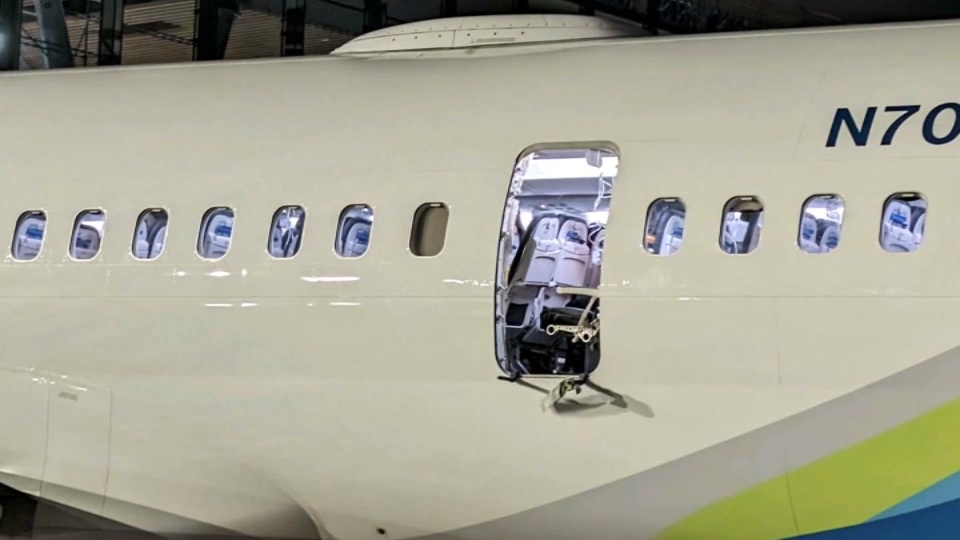

Alaska Airlines will not be held responsible for the incident.
The Justice Department has opened a criminal investigation into the event, as was first reported by the Wall Street Journal. Some of the passengers are now possible victims in that investigation.
Alaska said, “In an event like this, it’s normal for the DOJ to be conducting an investigation. The airline rep added that they are “fully cooperating and [we] do not believe we are a target of the investigation.”
The 737 MAX 9 jet had been prohibited from over-water Hawaii flights.
Pilots had reported pressurization warning lights on the plane’s previous flights across the Pacific. NTSB’s chief said that as a result, a decision was made (we aren’t clear if that was by Alaska or NTSB) to stop Hawaii flights so that the plane “could return very quickly to an airport” should warnings occur again. The relationship between the warning lights on over-water flights and the door blowout has been fully detailed. Also, NTSB said that “an additional maintenance look” was to have occurred but did not before the incident.
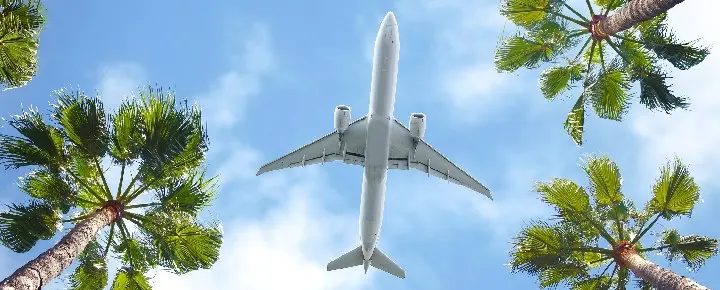

The situation could have been “much more tragic” if the plane had been cruising to Hawaii.
First, the aircraft was climbing when the issue occurred rather than at a higher cruise altitude. Additionally, the plane was able to divert quickly. Had it been en route to or from Hawaii, however, diversion points are non-existent.
Flights to Hawaii present unique challenges compared to mainland flights due to their long over-water duration. Hawaii is over 2,500 miles from North America, making these among the world’s longest overwater routes without a diversion point.
Hawaii-bound flights can be up to three hours from the nearest diversion airport. Given these distances, safety considerations take on heightened significance during Hawaii air journeys.
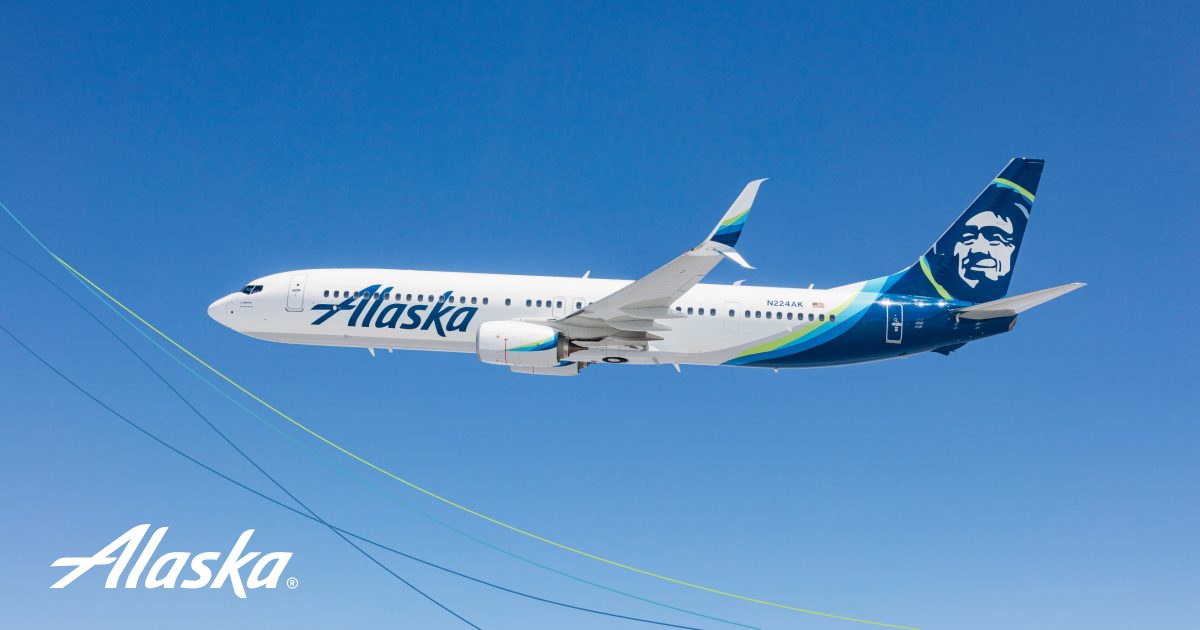

These flights to Hawaii occurred on the very same plane, prior to the incident.
The aircraft entered service in October and began extensive over-water Hawaii flights in November.
- LAX to HNL 11/21.
- HNL to SEA 11/21.
- SEA to OGG 11/22.
- OGG to SEA 11/22.
- KOA to SEA 12/8.
- SEA to KOA 12/8.
- SFO to HNL 12/11.
- HNL to SJC 12/11.
- SJC to KOA 12/12.
- KOA to SEA 12/12.
- SEA to KOA. 12/13.
- KOA to SEA 12/13.
- PDX to HNL 12/18.
- HNL to ANC 12/18.
- SEA to HNL 12/19.
- HNL to SEA 12/20.
- SAN to HNL 12/23.
- HNL to SFO 12/23.
- PDX to HNL 12/24
- HNL to ANC 12/24.
- ANC to HNL 12/26.
- HNL to SEA 12/27.
The elevated number of recent aircraft issues has been concerning. What are your thoughts?
Get Breaking Hawaii Travel News

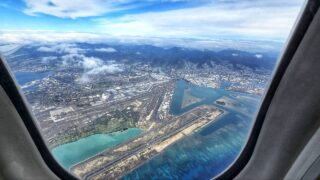

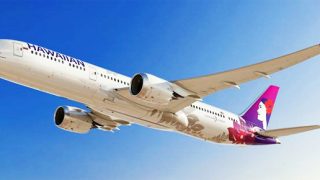
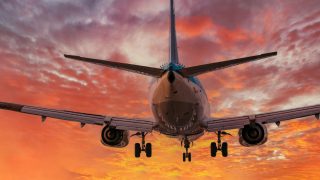

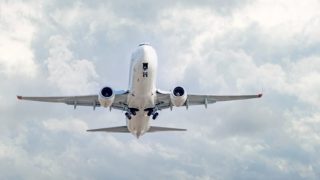
Surreal? Boeing is now claiming (essentially) they don’t know anything about it…
Best Regards and Safe Flying
Is there any sort of requirement by the FAA or any airlines’ management that an airplane that is “first put into service in October” cannot fly an ETOPS route until, say, the following October?
If I was king I would proclaim such a rule. I would never take a brand new automobile on a long trip across the wide-open stretches of the western mainland U.S. without a long break-in period.
I would want to “see if one of the doors flies off” (figuratively speaking) within my home area before I end up stuck in the Arizona desert with no one around for hundreds of miles … or worse.
Read the whole FAA report on Boeing and Spirit. pretty damning… QC a major issue. Both companies only passed about half the FAA process reviews. Using hotel room keys to measure gasket firs, Dawn soap to lube installations (can cause chemical breakdowns
since it’s a detergent)… Etc… Not to mention the Al Jazeera undercover investigation on the 787 production line… Hair raising…
Best Regards and fly safe…
if it’s a Boeing I’m to going
Spirit AeroSystems makes 70% of the 737 MAX (including the fuselage and door) and spun off from Boeing in 2005. That is anathema to the “usual” way Boeing built aircraft in the past but they’ve been outsourcing since the McD merger and the B-767 instead of controlling engineering and operations “in house” like the successful Boeing once did. Big mistake.
Now one of Boeing’s biggest customers, Emirates of Dubai, has thrown its support behind a possible Boeing re-acquisition of Spirit AeroSystems, saying “it would be a step towards resolving the plane maker’s industrial crisis.”
The problem is outsourcing and subsequent poor QC overseas. Boeing needs to get back to their successful roots IMO …
Spot on Dickie, used to be Boeing was synonymous with quality at any cost…..till the bean counters got control and focused on maximizing shareholder value…..guess it bit them in the okole. They’ll recover and the Boeing product is being heavily scrutinized to the point of being safe, but they are paying a big price for their greed, as well they should. I hope Alaska gets a major payout out of this, could have been much worse if not for their responsible handling of it.
Agree with your call on this … including always being careful when biting anything on the okole, as you point out (smiles) … LOL
IMO, Boeing has still “got it” … they just need to “find it” once again and ride that plane, engineering, manufacturing, and reputation back into the old slogan “if it’s not Boeing, I’m not going … ” and it can be done. They’ve always been synonymous with quality in aviation in the past … ask me how I know. Or don’t …
And then perhaps Bill Boeing and Bill Allen (a.k.a. Mr. B-707, 727, 737, 747) can stop spinning in their graves … (smiles once again)
Aloha, Bruddah’
Deferred maintenance items are extremely common. Many possibilities here. Pilot reports an issue and it can’t be replicated. Often planes fly with a discrepancy that requires maintenance within a certain time period, but not immediately. Intermittent warning lights that give false warnings are common. Flying overwater has stricter rules too, right now there are planes flying over the mainland that have deferred items that would prevent flying to Hawaii. It’s that common. No way Alaska mechanics could have realistically sorted out a manufacturing flaw like this. Alaska did nothing wrong, this is all on Boeing.
JohnW: You are correct in your statement that a plane flying between the Continent and Hawaii cannot have any deferred maintenance items on it before it flies transoceanic. This is one of the many rules that make up the ETOPS (Extended Twin-Engine Operations) that govern just about every flight flying from Hawaii to the Mainland and back. As for why Alaska didn’t ground the plane until the problem was sorted out is a question to ask, because I would think that a pressurization issue on a plane would be a serious issue, no matter which way you slice it.
All maintenance discrepancies are taken seriously, especially when there is an issue with pressurization. The aircraft and the systems related to pressurization are examined and troubleshooting takes place to determine the cause of the issue. An aircraft is not typically grounded for this type of an issue if there were no defects found during troubleshooting. Aircraft are not taken out of service unless absolutely necessary or there is a safety of flight issue. I’m sure the mechanics (unlike Boeing) followed all of the proper procedures and followed all applicable manuals while troubleshooting and to ensure continued safe operation of flight.
Alaska should have taken the plane out of service and found the problem. They choose not to because of the cost of doing so.
This is eerily similar to a like decision Alaska made with flight 261 which ended in disaster. I knew someone on that flight. Look it up!
#1, Quality Control at Boeing was/is lacking. I partly blame the FAA for this when they let Boeing conduct its own airplane certifications. Boeing is a profit-making company, which means by definition they produce a product with the least impact on their bottom line. Not that they are intentionally cutting corners, but they should take responsibility for QC on the entire aircraft, since it’s their product, rather than passing the buck onto their suppliers like Spirit AeroSystems, the maker of the door plug. Just my $.02
These were Not depressurization warnings- the aircraft has 3 systems. It was that an alternate system was managing it.
Had there been Any variations in pressurization, its a different warning light/notification. There is also a “cabin altitude” gauge- when a jet pressurizes, its at about 8,000 feet (inside cabin).
The reason the plane was taken off of ETOPS flights is because of Alaska internal policies. The planes have to be free of known issues/defects, and the pressurization computer- while a small issue- is enough to keep the plane from “EOW” and “ETOPS” flying, meaning the plane had to be within 1 hour of suitable land until the glitch was fixed.
haolenate your point is well taken…Alaska was being more cautious than required by law, they should be applauded not blamed. Their conservative approach prevented this from possibly happening overwater..not all airlines prioritize safety as highly as Alaska…..some just abide by the regulations and nothing more. Boeing used to spare no expense when it came to safety…..then they decided to prioritize “shareholder returns”!
Right. Read today’s news that Alaska engineers and technicians requested the plane removed from service but alaska refused.
Same thing as flight 261. However I went back and researched and all information about that part of alaska fault has been eliminated.
A tech reported the jack screw out of tolerance 2 years prior. Then a week prior to crash another tech recommended it be removed from service for same problem. Supervisor found another tech who said the jack screw was within tolerance. They paid the original tech 500k just to get rid of him.
Sure lubricants may have been the root cause however alaska chose to keep it in service because of profit.
But seriously, how was Alaska’s maintenance not called into question about this?
Don, because they did everything right given the circumstances.
Because it was not an Alaska Airlines maintenance issue.
I feel with multiple depressurization warnings that deciding to simply fly over land routes without performing a safety maintenance check constitutes negligence and endangerment on the part of Alaska Air.
I can guarantee that the aircraft and its pressurization system was thoroughly looked at by maintenance technicians
As a former maintenance man, I find one of the most misunderstood problems is that of not being able to pinpoint the source of an intermittent problem. Some think we are being lazy or purposely ignorant but in reality if we can’t find the cause of an alarm and can’t replicate it we simply have to check known problem areas until it resurfaces or we find something wrong. In short, if I can’t find it I can’t fix it. Alaska maintenance is not too blame here. Next time it will be a known area they can check.
HNK to ANC 12/18. Should be HNL, I think.
Hi Rod.
Thank you!
Aloha.